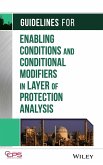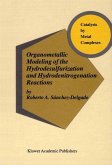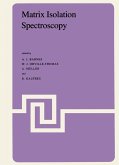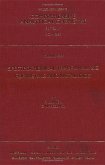Chemistry at Extreme Conditions covers those chemical processes that occur in the pressure regime of 0.5-200 GPa and temperature range of 500-5000 K and includes such varied phenomena as comet collisions, synthesis of super-hard materials, detonation and combustion of energetic materials, and organic conversions in the interior of planets. The book provides an insight into this active and exciting field of research. Written by top researchers in the field, the book covers state of the art experimental advances in high-pressure technology, from shock physics to laser-heating techniques to study the nature of the chemical bond in transient processes. The chapters have been conventionally organised into four broad themes of applications: biological and bioinorganic systems; Experimental works on the transformations in small molecular systems; Theoretical methods and computational modeling of shock-compressed materials; and experimental and computational approaches in energetic materials research.
"This book may be of greatest interest to researchers in the fields of energetic materials and detonation, but they are by no means the exclusive audience for it because of the enlightening chapters on the formation and behavior of biomolecules and other nonenergetic materials. In my opinion this book is a valuable addition to the broad scientific community." --Thomas B. Brill, University oF Delaware, USA, JOURNAL OF THE AMERICAN CHEMICAL SOCIETY, 2005







